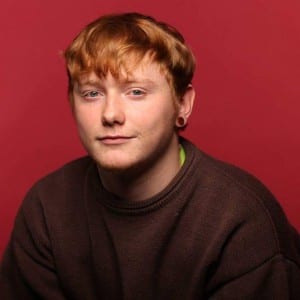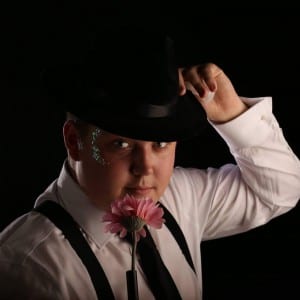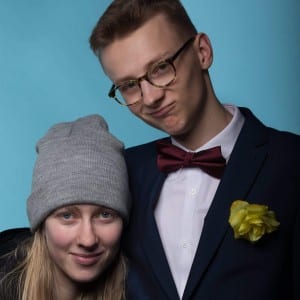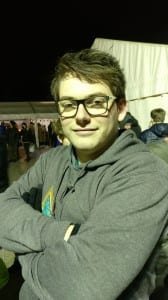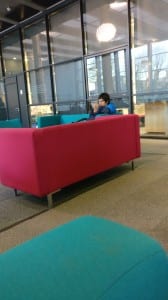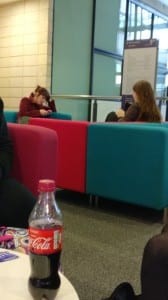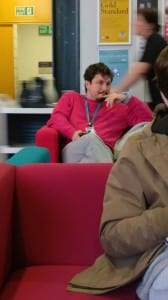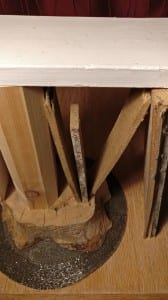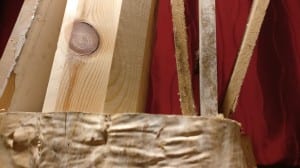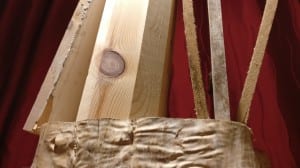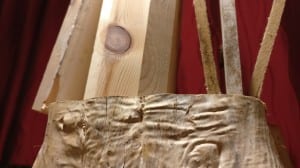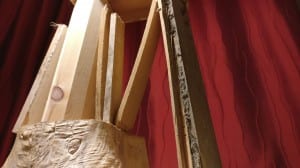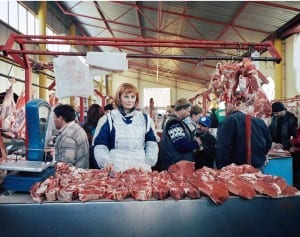During this weeks workshop, we had the studio booked out so that we could essentially mess around with the equipment and see the importance of lighting and seeing just what can be achieved under the right conditions. The studio session was very successful and a number of high quality shots were taken. I myself did not get in front of the camera however using some of the different lenses on the SLRs I was able to see a clear difference between images. Knowing what I know now after this session proves just how complex photography can be, especially when other equipment is factored in. After looking through the images produced by the other students I was able to see clear differences in warmth of colours, focus, shadows and other points which otherwise make up a photograph. I limited myself to 4 images of different students as I believe these are some of the highest quality pictures produced on the day:
I am very pleased with how these images in particular were developed as they represent a high studio standard. For example Holly’s image (Bottom left) has a lighting which focuses her facial features and provides a small cast of shadow on her neck – drawing the attention of the audience to her expression.
David’s photo (Top right) shows off the use of two studio lamps, showering light on both sides whilst defining his facial expression. Equally the light on the left of the image is reflected off of the glitter on his face whilst that part of his face remains in a shadow which, I believe, adds a further sense of light to the image.
Overall I am very pleased with this workshop session as it gave me the opportunity to expand my experience with camera technologies under studio conditions.
